What Makes a High-Quality Die? Inspection Techniques Explained
In the world of manufacturing, the quality of a die can make or break production efficiency and product integrity. A high-quality die not only ensures precision but also significantly reduces waste and rework costs. Understanding what constitutes a top-notch die is crucial for manufacturers aiming to maintain competitive advantage and uphold industry standards.
Inspection techniques play a vital role in assessing die quality, allowing manufacturers to identify potential issues before they escalate. From visual inspections to advanced measurement technologies, these methods help ensure that dies meet stringent specifications. In this article, we'll explore the key factors that define high-quality dies and delve into the inspection techniques that guarantee optimal performance.
Understanding High-Quality Dies
High-quality dies possess distinct characteristics that directly influence their performance and longevity. Key factors include material selection, precision machining, and surface treatment.
Material Selection: Using high-grade steel or alloy contributes to die strength and wear resistance. High-carbon steel and tooling alloys like D2 or M2 excel in durability and performance.
Precision Machining: Accurate CNC machining ensures dimensional consistency, which minimizes discrepancies. Tolerances within ±0.001 inches enhance fitting accuracy and operational efficiency.
Surface Treatment: Processes such as nitriding, hardening, or coating enhance surface hardness and reduce friction. Proper surface treatment also prevents corrosion, significantly extending die life.
Design Complexity: High-quality dies often feature intricate designs that facilitate complex shapes in production. Specialized die designs accommodate unique functions, improving overall manufacturing efficacy.
Inspection Techniques: Implementing thorough inspection techniques, such as coordinate measuring machines (CMM) and laser scanning, guarantees precision in dimensions and overall quality.
Attention to these factors during the development and inspection of dies maximizes their quality and reliability, crucial for meeting industry demands and maintaining a competitive advantage.
Key Characteristics of High-Quality Dies
High-quality dies exhibit specific traits that directly influence manufacturing outcomes. Understanding these characteristics aids in evaluating die performance and longevity.
Materials and Construction
High-quality dies utilize premium materials like tool steel and specific alloys that enhance strength and durability. These materials withstand rigorous operating conditions, thus minimizing wear and maintenance. The construction incorporates precise casting or forging processes, ensuring optimal grain structure and mechanical properties. A thoughtfully engineered design further contributes to evenly distributed stress across the die, enhancing its lifespan and performance.
Precision and Tolerance
High-quality dies maintain tight tolerances, which are critical for achieving consistent results in production. Precision machining techniques, such as CNC machining, create parts with minimal deviation from specified dimensions. This accuracy reduces the likelihood of defects, improving overall product consistency. Adhering to strict industry standards during the manufacturing process ensures that dies meet performance requirements, ultimately enhancing production efficiency.
Common Inspection Techniques
Various inspection techniques ensure die quality, revealing potential issues that could affect manufacturing efficiency and product consistency.
Visual Inspection
Visual inspection involves examining dies for surface defects such as cracks, chips, and corrosion. Inspectors assess finish quality, looking for irregularities that may impact performance. This method is quick and cost-effective, acting as a first line of defense against visible flaws that compromise die integrity.
Dimensional Inspection
Dimensional inspection measures the physical dimensions of dies against design specifications. Tools like calipers and coordinate measuring machines (CMM) ensure accuracy within tolerances. This inspection technique confirms that dies maintain necessary geometric precision, supporting consistent production outcomes and reducing scrap rates.
Non-Destructive Testing
Non-destructive testing (NDT) evaluates dies without causing damage. Techniques like ultrasonic testing, magnetic particle testing, and dye penetrant inspections reveal internal defects and structural integrity. NDT provides critical insights into die longevity and performance, helping manufacturers identify issues early in the production cycle.
Advanced Inspection Methods
Advanced inspection methods enhance die quality assurance by providing precise measurements and detailed internal assessments.
Laser Scanning
Laser scanning utilizes high-precision lasers to capture the 3D geometry of dies. This method generates a detailed point cloud that reveals surface features and deviations from design specifications. Companies implement laser scanning for its ability to quickly provide accurate data, facilitating immediate corrective actions. Proper calibration of the scanning equipment is crucial to ensure measurement accuracy and reliability.
X-ray and CT Scanning
X-ray and computed tomography (CT) scanning offer in-depth analysis of die integrity. X-ray scanning penetrates die materials, revealing internal flaws without causing damage. CT scanning further enhances this capability by producing cross-sectional images, allowing for comprehensive evaluation of complex geometries. These techniques enable manufacturers to detect hidden defects, ensuring structural soundness and performance reliability.
Conclusion
High-quality dies are essential for achieving optimal manufacturing results. The combination of premium materials, precise machining, and effective surface treatments leads to enhanced durability and performance. Implementing rigorous inspection techniques not only ensures the integrity of the dies but also minimizes defects that could disrupt production.
By investing in advanced inspection methods, manufacturers can significantly improve their quality assurance processes. This focus on die quality ultimately supports efficiency and competitiveness in the marketplace. As the industry evolves, staying informed about the latest techniques and characteristics of high-quality dies will be crucial for sustained success.
Frequently Asked Questions
What is the importance of die quality in manufacturing?
Die quality is crucial in manufacturing as it directly affects production efficiency and product integrity. A high-quality die ensures precision, minimizes waste, and reduces rework costs, which helps manufacturers stay competitive and meet industry standards.
What are the key characteristics of high-quality dies?
High-quality dies are characterized by superior material selection, precision machining, and effective surface treatment. Premium materials like tool steel enhance strength, while accurate machining ensures dimensional consistency. Surface treatments improve durability and lower friction.
What are common inspection techniques for die quality?
Common inspection techniques include visual inspection, dimensional inspection, and non-destructive testing (NDT). Visual inspection checks for surface defects, dimensional inspection measures physical dimensions, and NDT assesses internal structures without damaging the dies.
How do advanced inspection methods enhance die quality?
Advanced inspection methods like laser scanning, X-ray, and computed tomography (CT) scanning provide detailed evaluations of die integrity. These techniques identify surface features, deviations, and internal flaws, ensuring structural soundness and reliable performance.

